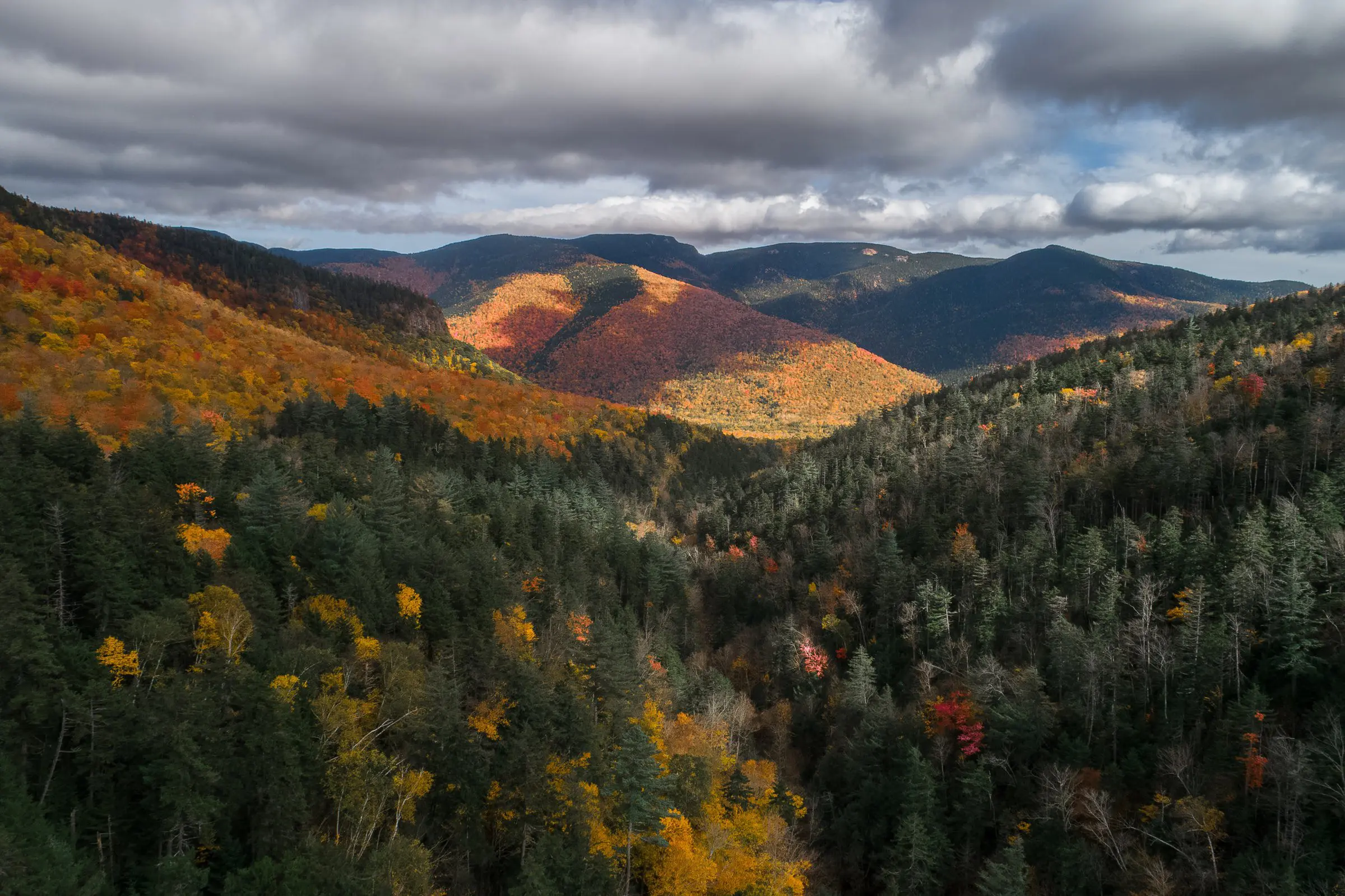Perhaps all one needs to know about the great state of New Hampshire can be found in its state motto: “Live Free or Die.” This motto, and the state that it represents, embodies the spirit of the early Revolutionary War days – and, in some ways, the broader American spirit.
A relatively small and lightly populated state, New Hampshire is chiefly known as the site of the first primary contest in every presidential election cycle.
For millennia before European settlers ever set foot on its shores, the Granite State (named so for its extensive granite formations) was home to numerous native tribes, and their presence is felt there still today.
In January 1776, New Hampshire became the first of the British colonies to establish an independent government and its constitution; six months later, it signed the United States Declaration of Independence and joined the fight for American Independence.
Following its inclusion as the ninth state in the Union, New Hampshire became a boom of industrial growth owing to its position around the Merrimac and Connecticut Rivers.
A hotspot these days for travelers looking to view its lush tapestry of fall colors, New Hampshire is truly one of the northeast’s most beautiful states. While it only hosts two national parks currently, it has an abundance of natural and historical wonders to visit and enjoy. Among them are 23 national historic landmarks and two national trails that are administered by the National Parks Service.
For these and many other reasons, New Hampshire boasts more than 13,000 visitors annually.
Below are some of the Granite State’s gems!
SAINT-GAUDENS NATIONAL HISTORICAL PARK: A monument to one of America’s greatest artists, Augustus Saint-Gaudens, this national park preserves the memory and work of the famous sculptor. Known for his “Standing Lincoln” and “Shaw Memorial” pieces among numerous others, Saint-Gaudens lived in this rural New Hampshire area from around 1885 to the his death in 1907. This national park offers something for everyone and contains and honors over 100 pieces of the legendary sculptures work including his design of the twenty dollar gold piece which is considered to this day to be one of the more beautiful of America’s coins. If visitors have the time and curiosity, just twenty miles or so up the road in Hanover, NH, the papers of Saint-Gaudens are collected and stored for exhibit in the special collections at Dartmouth College’s Rauner Library.
One feature unique to this historical park is that it also contains a military memorial constructed by Saint-Gaudens himself after being commissioned in 1883.
His depiction of a black Civil War regiment raging into battle with an angel hovering overhead is significant in that it is the first known American depiction of “dignified” men of color. This piece displays the courage and bravery of those who fought while expressing the very promise of equality that in Saint-Gaudens time may have seemed to many to be but a dream.
APPALACHIAN NATIONAL SCENIC TRAIL: New Hampshire shares a piece – and a vital and ruggedly gorgeous piece at that – of what is often referred to as the “footpath of the people.” The Appalachian Trail is a 2,000 mile long public hiking thoroughfare across the scenic, wooded, wild, culturally and ecologically integral lands of the Appalachian Mountains. The trail winds from Georgia all the way to Maine.
Conceived in 1921 by private citizens, the trail is managed by numerous state, local and national agencies like the National Parks Service. New Hampshire’s portion is unique in that it contains more above-the-treeline miles to traverse than any other state along the mighty path. Visitors recommend hiking the rugged but beautiful ridgeline of the famed White Mountains. The over 160 miles of Appalachian Trail meandering through the “live free or die” state are some of the most intense and breathtaking of the whole trail and can’t be missed!





